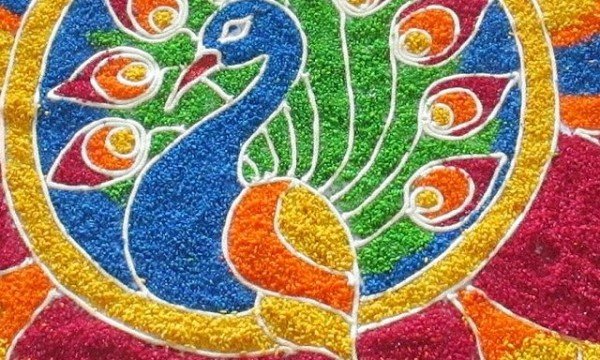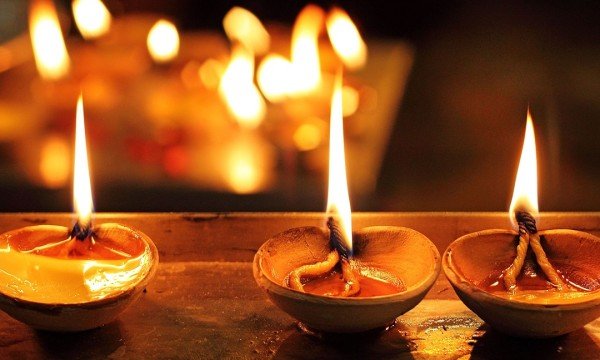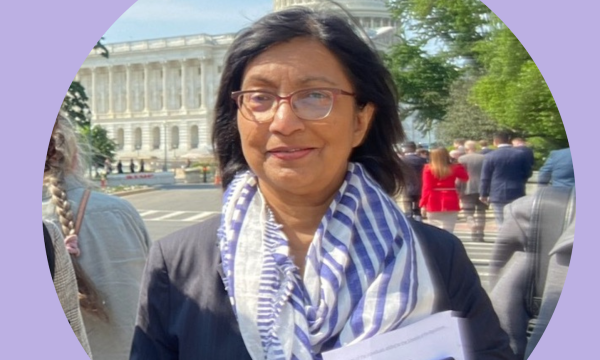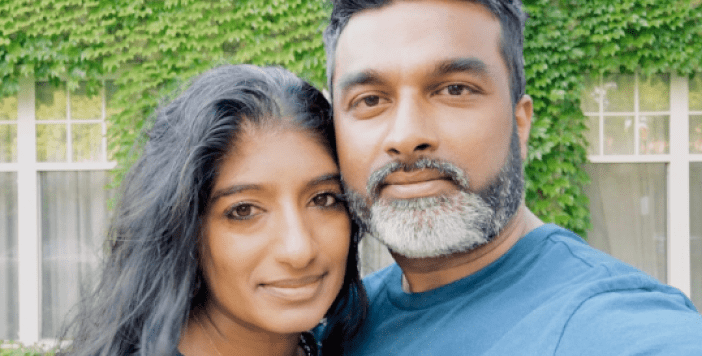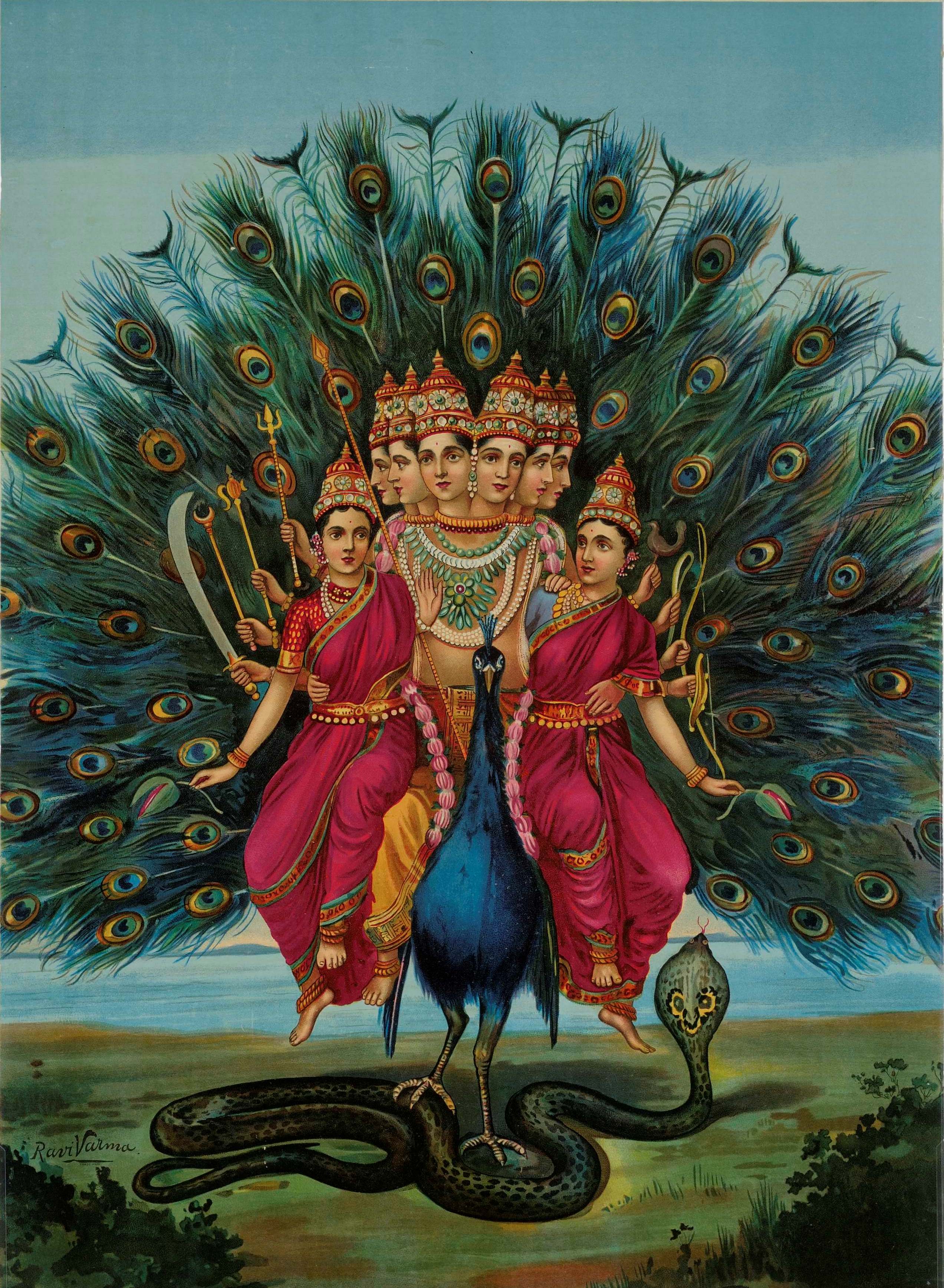
myTamilDate.com has been the most trusted dating community for single Tamils around the world for close to a decade! We’re the premiere dating site for diaspora Tamils and have the largest membership base in Canada, USA, UK & more.
Get to know our other success stories here.
____
"Sanskritization is a term describing a process where the Vedic tradition (mainstream Hinduism today) assimilates elements of indigenous religious traditions (e.g. Tamil ancient practices), where the indigenous gods are transformed physically to match Vedic deities. New meanings and significance are attached to the indigenous deities through legendary tales. The perfect example is Murugan, who was known as Seyon in ancient Tamil society. Seyon was later merged with the warrior god Skanda of the Vedic tradition. Although Valli is Murugan’s lover and wife according to ancient Tamil literature, Deivanai (from the Vedic tradition) was later added as the first wife as she was the daughter of God Indra (high caste) who was born in heaven and represents the love arising through an arranged marriage within accepted social norms. It is interesting to note that Deivanai was non-existent in South India prior to the merging of Skanda with the Tamil God Murugan. This pattern of “high” Gods having two wives is well-spread across all regions of India, as the process of Sanskritization is to always merge Vedic wives with the gods, but keep the local partner as the second wife to maintain the familiarity of the local tradition. Confusing? Complicated? Shocking? Read the full article to understand how this all came to be.
My previous article, “Hindu weddings versus Thamizh weddings: Yes, they are different!” raised several questions and concerns among readers, specifically on why we needed to distinguish between Hindu and Tamil practices. This is understandable as this is not the narrative that many of us grew up hearing about our roots. I grew up in a strong Hindu household where daily prayers and weekly temple visits were almost mandatory. When I started my Instagram page, @whatthepottu, I intended to share the modern interpretation of Hinduism - that it is not a religion, but a way of life. However, as I dived deep into research for my posts, that’s when I discovered that what we know as indigenous Tamil worship and Hinduism is different. Not only are these two traditions different, but Hinduism has largely survived by assimilating indigenous deities with Vedic traditions. This is problematic and I will tell you why.
Let’s start with the basics again. The Vedic tradition refers to the religious beliefs/literature practised among some of the Indo-Aryan people and was written in Sanskrit (the language you hear priests recite at temples and Hindu weddings). The Vedic tradition had its own set of traditions (e.g. the sacrificial fire you see at Hindu weddings), which was different from ancient Tamil practices. Today, the Vedic tradition has merged with indigenous practices all over India (including Tamil ancient practices) and is known as Hinduism today. Why is this problematic? Let’s learn about a concept called “Sanskritization.”
The structural basis of Hindu society is caste (yes, even today). Brahmins (the priests who conduct rituals) are at the top of the caste hierarchy and the Shudras (untouchables) are at the bottom. The concept of “Sanskritization,” was first introduced by the famous social anthropologist, Prof. M.N. Srinivas, to describe a process by which lower caste groups change their customs and rituals (e.g. dietary habits, switch to non-animal sacrifices) to align with those of the highest caste (Brahmins) in the hopes that this will elevate their status in the Hindu social hierarchy, which is structured according to caste groups. Over time, the term “Sanskritization,” has been used more broadly to indicate the cultural process by which local indigenous deities are assimilated with the Vedic deities. The indigenous gods are transformed physically to match Vedic deities. New meanings and significance are attached to the indigenous deities through legendary tales. Today these indigenous gods are part of the mainstream Hindu tradition.
So, why did Sanskritization take place? One of the reasons given by scholars is that as Buddhism became popular among the masses, and the caste system was threatened (as Buddhism rejected the caste system), it weakened the authority of the Vedic tradition. Hence, merging local deities with Vedic tradition allowed the Brahmins to maintain their power, but gave a sense of familiarity to the local indigenous population.
Confused? Too complicated? Let’s look at an example - the evolution of God Murugan.
According to the ancient Tamil literature Tholkapiyyam, ancient Tamil society was divided into five tinais (regions) - Kurinji (hilly land), Mullai (forest land), Marutham (agricultural land), Neithal (coastal land), and Pālai (dry, arid land). Each of these regions had its own gods.
The mountainous region, Kurinjii, prayed to the god Seyon (also referred to as Murugan) - he was seen as a powerful spirit and eventually as a hunter god of the mountainous people. What’s the problem? Well, through the process of Sanskritization, he became assimilated with the warrior god Skanda of Vedic tradition. Murugan lost his autonomy and became the bubbly younger son of Siva and Parvathy. Murugan still managed to keep his spear (Vel), peacock and his tribal wife Valli. But, it was vital that he had a “proper” and “high-caste” wife from the Vedic tradition, so Deivanai was added as his first wife. Murugan had to please both his indigenous audience as well as his Vedic followers. However, the iconic Valli-Murugan love story continues to be one of the most celebrated love stories among Tamils and has been passed on many generations, but the Vedic tradition simply couldn’t allow a tribal girl to be God's first wife.
Hence, the two wives represent two separate traditions. Deivanai, depicted as the daughter of God Indra (high caste) was born in heaven and represents the love arising through an arranged marriage within accepted social norms. On the other hand, Valli, who is the daughter of a hunter (lower caste) represents love marriages that defy social norms. It is interesting to note that Deivanai was non-existent in South India before the merging of Skanda with the Tamil God Murugan.
This pattern of “high” Gods having two wives is well-spread across all regions of India, as the process of Sanskritization is to always merge Vedic wives with the gods, but keep the local partner as the second wife to maintain the familiarity of the local tradition. In fact, this is a common practice across the world. When people are repressed, their new ruler will adopt some of the indigenous icons and “repurpose” them to promote the new state religion. This happened to so many gods throughout the ancient world! Hence, Valli and Deivanai symbolize the fusion of the Tamil and Vedic elements, which have come together to create the perfect synthesis of Skanda-Murugan.
I think this may have added to the existing Tamil views of love marriages being inferior to arranged marriages.
So, this is why I think it was important for me to dig deep into my ancestral ways of worship–especially when Tamil literature and traditions date back over 3,000 years. This is why I wanted to conduct a Tamil wedding that celebrates our ancestral customs and practices. Normalizing our ancestral practices that we have lost will take time and energy. My future posts will highlight some of the ancestral rituals that I conducted at the weddings #whatthethirumanam.
Sources:
-
Murugan vs Skanda: the Aryan appropriation of a tribal Dravidian God by Urmi Chanda Vaz
-
The Many Faces Of Murukan: The History and Meaning of South Indian God by Fred W. Clothey
-
An analytical study on Sanskritisation of the deities of folk tradition with reference to Tamil Nadu by S. Xavier
-
Origin & Evolution of Folk Deities Murukan & Ayappan: A comparative study by Sumathi Sridhar
-
How Krishna was transformed from a tribal deity to a supreme god in the Puranic tradition by Ruchika Sharma
-
A Note on Sanskritization and Westernization by M. N. Srinivas
Image credits: https://en.wikipedia.org/wiki/Valli
To learn more about ancient Thamizh customs and practices follow @whatthepottu: https://www.instagram.com/whatthepottu/?hl=en
**Looking to create your love story? Join the other couples who have dated and married through myTamilDate.com!**
"myTamilDate Love Story: Jenani & Nav Found Each Other At The Right Time And Right Place In Life"
"myTamilDate.com Love Story: Tharshi & Ravi Found Love During Lockdown"







